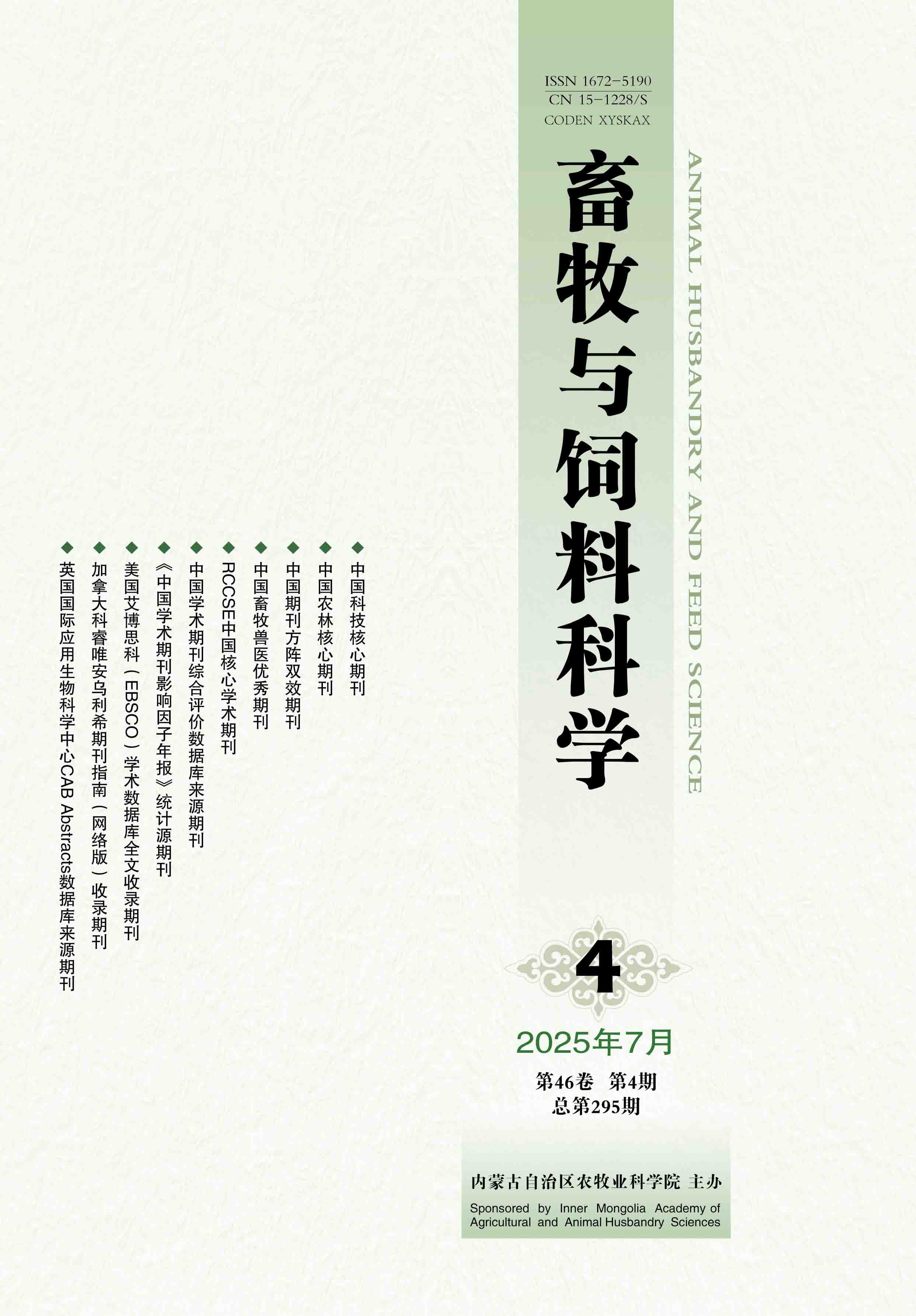Select
Determination of the Standardized Ileal Amino Acid Digestibility of Three Common Protein Feed Ingredients in Wanxi White Goose
CHEN Li-yuan, ZHU Hong-long, DENG Xiao-jie, HU Zhong-ze, JIANG Wei-jun, XIA Lun-zhi
2020, 41(6):
26-31.
doi:10.12160/j.issn.1672-5190.2020.06.005
Abstract
(
343 )
PDF (593KB)
(
52
)
Save
References |
Related Articles |
Metrics
In order to study the standardized ileal amino acid digestibility (SIAAD) of common protein feed ingredients including soybean meal, rapeseed meal and DDGS in Wanxi white goose, a total of 288 56-day-old Wanxi white geese of similar weight were selected and randomly divided into 24 feeding pens with 12 geese for each feeding pen (6 males and 6 females). The whole test period was 35 d, 0-28 d was the pre-feeding period, all geese were fed with the same basal diet; 29-35 d was the test period, the geese were fed separately with the testing diets and nitrogen-free feed for 6 days, and there were 6 feeding pens for each diet. The ileal chyme of each goose was collected before feeding on the 35th day, and the amino acid content in the chyme was determined. The results showed that the average SIAAD of soybean meal, rapeseed meal and DDGS were 88.30%, 81.17% and 88.99%, respectively, and the average SIAAD of soybean meal and DDGS were significantly (P <0.05) higher than that of rapeseed meal. The SIAAD of soybean meal were as follows:lysine (Lys) 81.27%, methionine (Met) 95.14%, threonine (Thr) 85.08%, valine (Val) 88.25%, leucine (Leu) 88.20%, ileucine (Ile) 87.33%, phenylalanine (Phe) 91.66%, histidine (His) 87.77% and arginine (Arg) 92.18%; the SIAAD of rapeseed meal were as follows: Lys 75.19%, Met 87.87%, Thr 82.96% , Val 84.25%, Leu 83.19%, Ile 81.94%, Phe 86.08%, His 84.39% and Arg 83.10%; the SIAAD of DDGS were as follows: Lys 83.74%, Met 94.59%, Thr 90.85%, Val 91.97%, Leu 93.67%, Ile 91.38%, Phe 94.73%, His 90.59% and Arg 94.09%. The results of this experiment provide reference for the efficient utilization of soybean meal, rapeseed meal and DDGS in the diet of Wanxi white goose and reasonable preparation of low-nitrogen diet.








